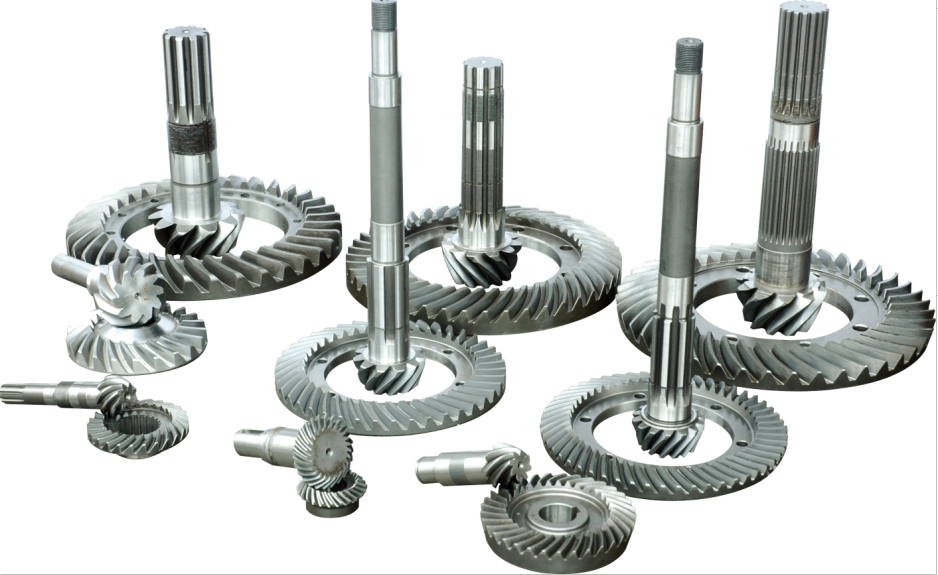
Understanding gear ratios and efficiency is essential when designing worm gears. Let’s simplify the concepts for worm gear design:
Gear Ratios:
Gear ratio is the relationship between the number of teeth on the driving gear (worm) and the number of teeth on the driven gear (worm wheel). In a worm gear system, the gear ratio is determined by the number of threads on the worm and the number of teeth on the worm wheel. The gear ratio is expressed as the number of teeth on the worm wheel divided by the number of threads on the worm.
For example, if the worm has 10 threads and the worm wheel has 40 teeth, the gear ratio would be 40/10, or 4:1. This means that for every complete rotation of the worm, the worm wheel will rotate 1/4th of a revolution.
The gear ratio determines the speed and torque relationship between the input and output of the worm gear system. A higher gear ratio provides higher torque output but lower rotational speed, while a lower gear ratio provides higher speed but lower torque.
Efficiency:
Efficiency is an important factor to consider in worm gear design. The efficiency of a worm gear system refers to the ratio of the output power to the input power, taking into account losses due to friction and other factors. Worm gear systems generally have lower efficiency compared to other gear systems due to the sliding contact between the worm and worm wheel.
Factors that can affect the efficiency of worm gears include:
- Material selection: Using high-quality materials with low friction coefficients can reduce losses and improve efficiency.
- Lubrication: Proper lubrication is crucial to minimize friction and wear, thus increasing efficiency.
- Surface finish: Smooth and properly finished gear surfaces reduce friction and improve efficiency.
- Alignment and backlash: Proper alignment of the worm and worm wheel and controlling backlash can improve efficiency by minimizing losses due to misalignment and meshing clearance.
It’s important to note that the efficiency of a worm gear system can vary depending on the specific design, operating conditions, and maintenance practices. Optimizing design parameters and following best practices for material selection, lubrication, and maintenance can help maximize the efficiency of worm gear systems.
When designing worm gears, selecting an appropriate gear ratio and considering efficiency are crucial to meet the specific requirements of the application. A balance between the desired speed, torque, and efficiency needs to be achieved to ensure optimal performance and reliability of the gear system.
